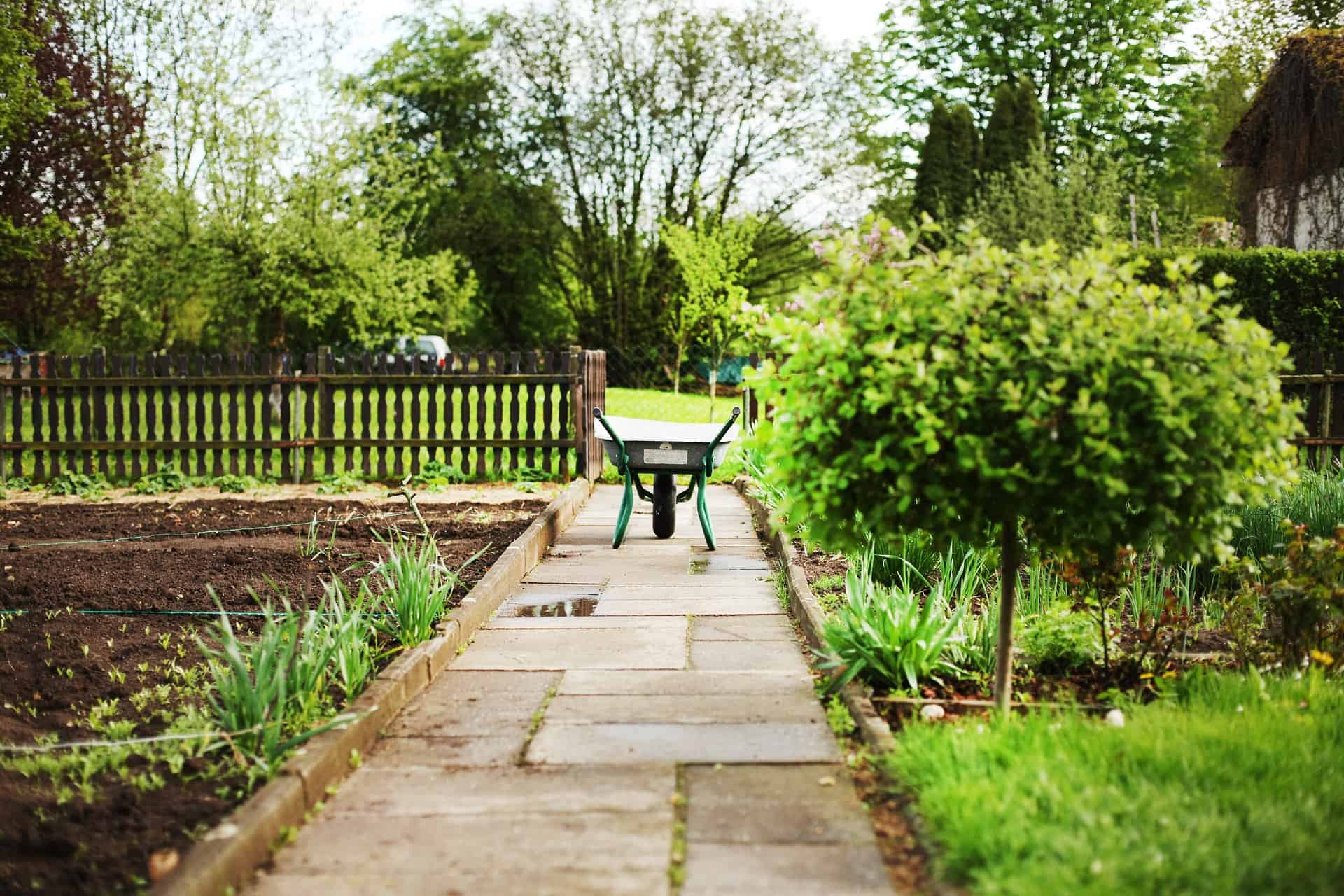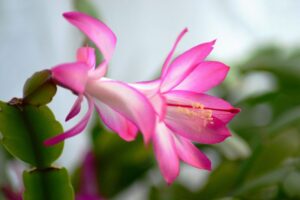As the growing season starts to come to an end there are a number of things left to do in the garden. There are plenty of vegetables that you can still plant in your garden for a fall harvest. You can even plant flowers in august, and as always there are lots of gardening chores.
Keep scrolling to see our full list of August Gardening Tips to learn more:
What To Plant in August
What To Plant in August Zone 9
Cabbage
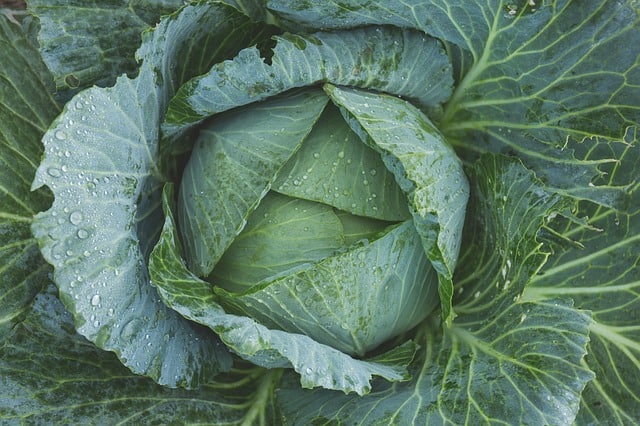
Cabbage (Buy Seeds Online) can be planted in zone 9 throughout the month of August. But it’s best to wait to sow cabbage seeds until the weather cools off towards mid to late-august. If you want to harvest cabbage before the end of the fall you should plant a late-season variety. Otherwise, if you want to allow the cabbage to overwinter you can plant an early season cabbage for a winter harvest.
Brussels Sprouts

Brussels Sprouts (Buy Seeds Online) can be planted in zone 9 in mid-august. This will ensure you get a good harvest of sprouts before the growing season ends. Brussels Sprouts seeds need warmer soil temperatures to germinate (74-78 degrees), so they won’t have trouble sprouting in zone 9. In most cases, you’ll be able to start harvesting Brussels sprouts in late fall and continue the harvest throughout the winter.
What To Plant in August Zone 8
Cauliflower
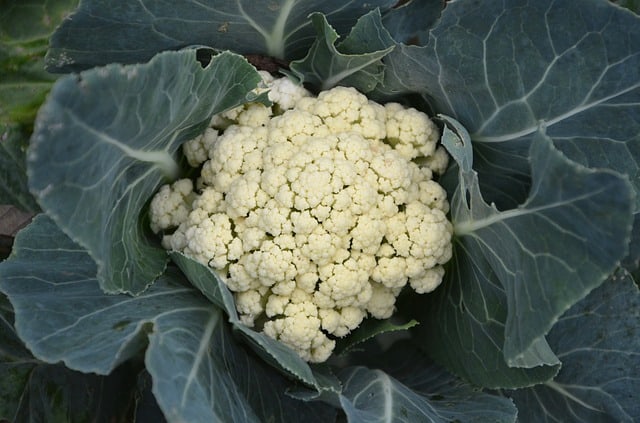
Cauliflower (Buy Seeds Online) can be planted in zone 8 in mid to late august. It’s a good idea to plant cauliflower as early as possible since it prefers to grow in warmer weather. Cauliflower isn’t as cold tolerant as other brassicas, so you should make sure you plant it early enough to get a full harvest.
Peas
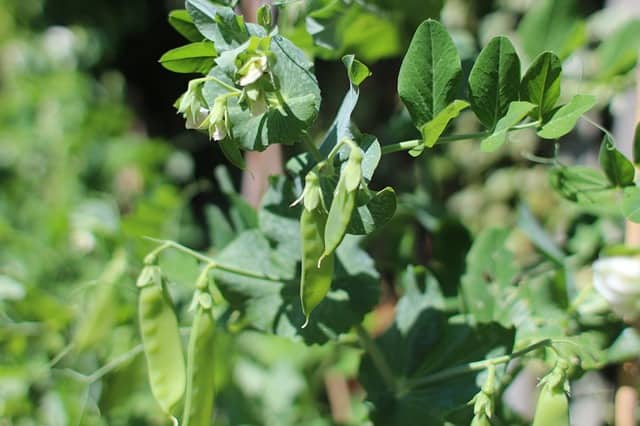
Peas (Buy Seeds Online) can be planted in zone 8 in late-august. The seeds can be slow to sprout, and they can take up to 10 to 14 days to germinate, but the warmer soil temperatures in August will speed that up a bit. Peas are an excellent crop to plant if you have limited room in your garden since they will grow up a trellis and make use of vertical space. They are also a great crop to plant if you need to quickly fill in any empty spots in your garden.
What To Plant in August Zone 7
Broccoli
Broccoli (Buy Seeds Online) can be planted in zone 7 starting in mid-august, which should give the plant enough time to mature before the first frost. Sowing broccoli seeds early will ensure the plants have enough time to produce a large head. However, even if the plant gets hit with an early frost you’ll still be able to harvest broccoli florets. Broccoli will even tolerate a light frost, and it will taste better after a frost since the plant will produce more sugars in response to the cold temperature.
Carrots
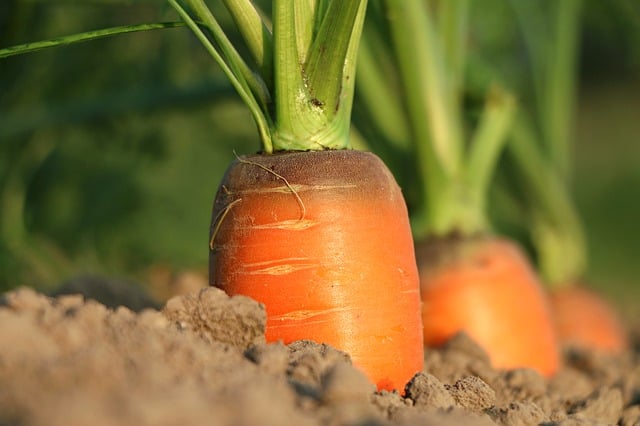
Carrots (Buy Seeds Online) are a great root crop to plant in August in Zone 7. They thrive in cooler fall temperatures, so it’s best to plant them in late-august. Just make sure to plant carrots 8 to 10 weeks before the first frost in your area so the roots can fully mature.
It’s also a good idea to sow some extra carrot seeds since they will generally exhibit poor germination rates even in ideal conditions. You can harvest carrots around late November just in time for Thanksgiving, and you can keep harvesting carrots till winter, and they will get sweeter as the soil temperature drops.
What To Plant in August Zone 6
Lettuce
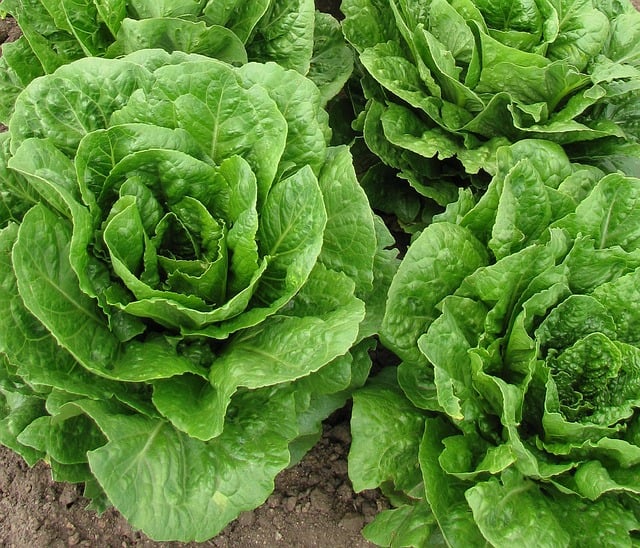
Lettuce (Buy Seeds Online) is a good crop to plant in late-august in zone 6. Since lettuce grows fast you can sow lettuce seeds 4 to 6 weeks before the first frost. That means you can continue planting lettuce from August to October depending on the average date of the first frost in your area. Lettuce prefers to grow in cooler conditions, but it’s not frost tolerant, so you’ll want to harvest all the lettuce before it suffers any frost damage.
Beets
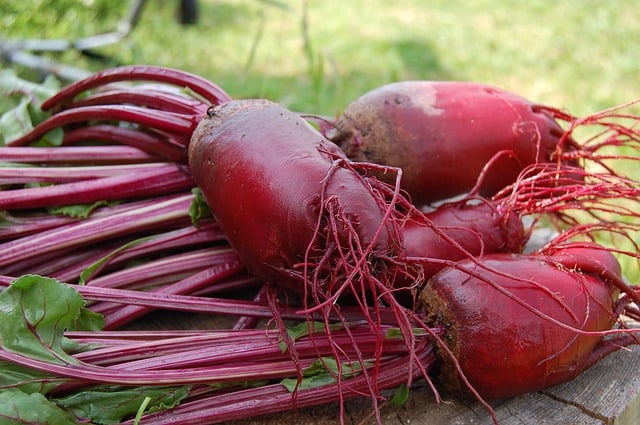
Beets (Buy Seeds Online) can be planted in a zone 6 garden in mid-august for a fall harvest. Beet seeds sprout in 3 to 5 days, and the plants grow best in cooler temperatures. Beets also taste much better when they are harvested in late fall. For the best results just be sure to harvest the beets while they are still tender and small (< 2.5-inches).
What To Plant in August Zone 5
Kale
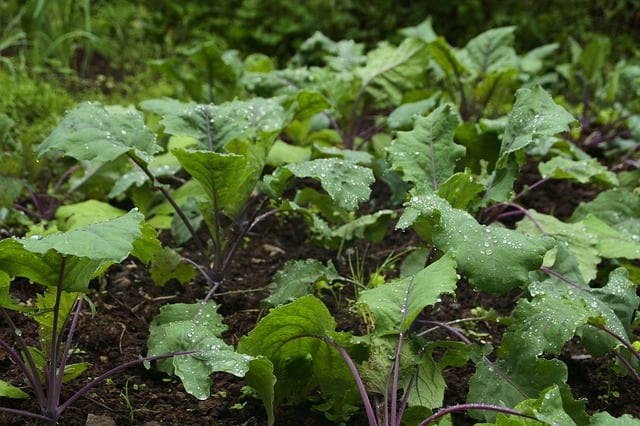
Kale (Buy Seeds Online) is an excellent vegetable to plant in zone 5 in mid to late august. It’s a good idea to wait to plant kale until the temperature cools down. Kale can survive light frosts, so you don’t have to worry about planting it a little late in the season. It also tastes much better after a few light touches of frost. Kale will eventually be killed off by a hard frost, and in zone 5 kale is unlikely to overwinter.
What To Plant in August Zone 4
Onions

Onions (Buy Online) can be planted in zone 4 in august for a spring harvest. You can plant onions anytime in august, but it’s a good idea to plant them once it starts to cool down. However, they aren’t that picky about temperature, so you have some leeway when it comes to planting them. If you want to learn more about How To Grow Onions (Click Here).
What To Plant in August Zone 3
Beans

Beans (Buy Seeds Online) can be planted in august in zone 3 since the ground will finally be warm enough for the seeds to germinate. It’s a good idea to plant green beans in zone 3 since they will produce a useable harvest before the first frost in your area.
August Flower Planting – August Garden Tips
If you want to add some fall color to your garden there are lots of flowers that you can plant in August. If you want to see a complete list of Flowers to Plant in August (Click Here)
Otherwise, if you just want a few quick ideas here are our favorite flowers to plant in august:
Johnny Jump-Ups
Johnny Jump-Ups (Buy Seeds Online) are also known as violas, and they are actually an edible flower. You can plant them throughout august and they will quickly reward you with dainty purple, white, yellow flowers throughout the fall.
Hibiscus
Hibiscus (Buy Online) is a perennial flower that you can plant in late-august. They will produce a few blooms in their first season, and then once spring comes around they will really start to take off.
Black-eyed Susan
Black-eyed Susan (Buy Seeds Online) are a hardy perennial that you can plant towards the end of summer. They will start to establish themselves during the fall, and you’ll get some blooms the first year. Then they will come back in full force in spring, and put on a beautiful display of bright yellow flowers for years to come.
August Garden Tips
If you’re wondering what to do in the garden in august there are still plenty of gardening chores that you’ll need to do before the end of the growing season.
Divide Perennial Flowers
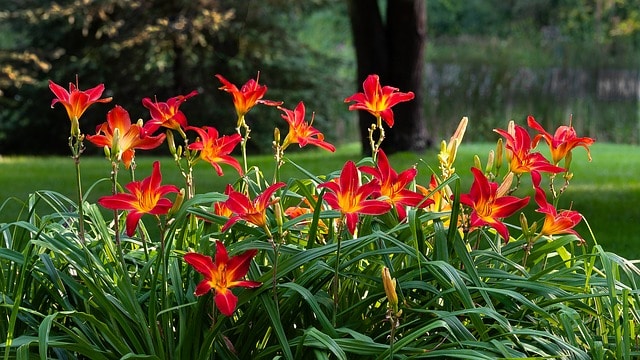
August is a good time of year to divide perennial flowers like daylilies, hostas, bearded irises, and ornamental grasses. You can use a shovel or a spade to gently lift the plants from the soil, but be careful while digging, and try to avoid damaging the root ball.
Then when the tubers, bulbs, or roots are out of the ground you’ll want to gently break them apart. Tubers and bulbs will generally fall apart without much effort, but hostas might need to be split with a spade or a garden knife.
Before you divide your perennial flowers just make sure the plants have finished flowering. This will ensure that the plants have stored enough energy in their roots to survive the transplantation process.
Replace Annual Flowers
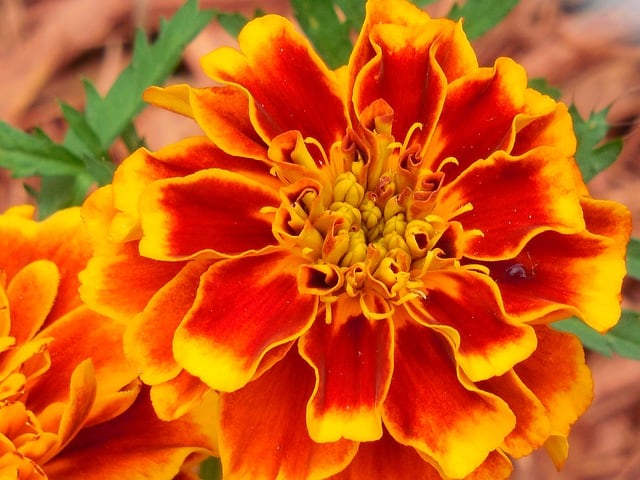
As the summer starts to wane, some of your annual flowers might start to look a little worse for wear. You can refresh your annual flower beds with cool-season annuals that will keep blooming all fall.
Remove any weak or dying annuals, and then add a little more compost to the area to replenish the soil, and you can also add a little fertilizer at this time. Then plant the replacement annuals and water them thoroughly to help the roots get established.
Garden Gear Pro Tip: Try new plants out when you replace your annuals. Find flowers that have beautiful fall colors, and don’t be afraid to experiment with new plants to see what performs well in your garden.
Control Weeds
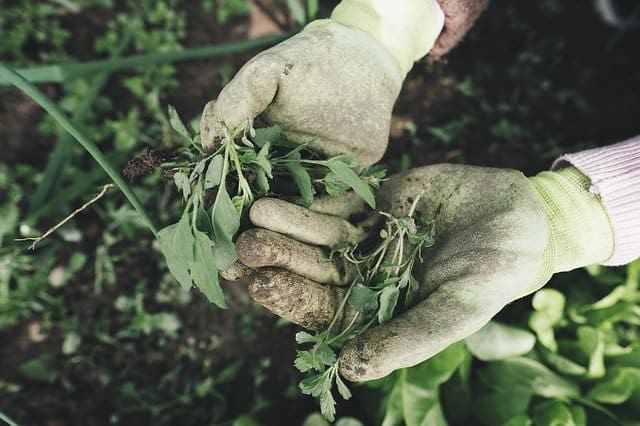
August is the time of the year that you should take care of any weeding that you might have put off during the summer. Weeds can start to gain the upper hand in August, and they will start to drop seeds that will take over your garden next season.
It’s a good idea to remove weeds after a light rain since it will be easier to remove the roots from the soil. If you haven’t had any rain in a while you can water your garden thoroughly the day before you do any weeding.
You can remove weeds from your garden by hand, or you can make the job easier with a spade or a hoe. Just make sure that you remove the whole plant along with the roots or the weed could regrow.
After you finish weeding you can add a layer of mulch, compost, straw, or leaves on top of the soil. This will prevent new weeds from germinating, and it will help the soil retain moisture.
Garden Gear Pro Tip: Make sure you keep your weeding tools sharp to help speed up the weeding process. In order to keep your tools sharp, you can use a file to hone the cutting edge of the tool before you start weeding.
Plant Trees, Shrubs, and Perennials
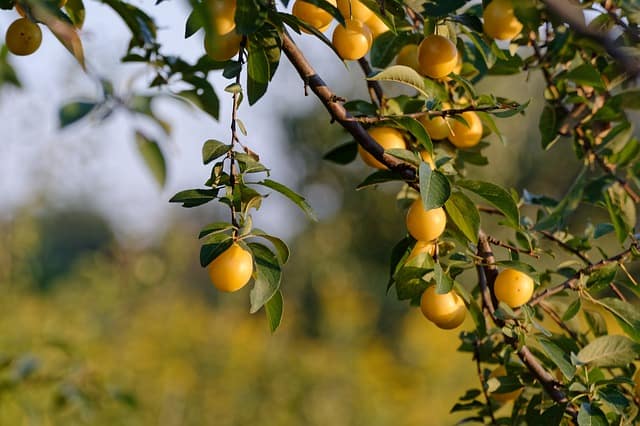
August is a good time of year to plant shrubs and perennials. The cool weather will make it easier for them to take root, and the fall rains will keep them well watered.
You can plant a wide range of shrubs in the fall like boxwoods, arborvitae, and hydrangeas. You can even start planting some fruit trees like plums, peaches, and apples.
Some perennial flowers you can consider planting in August include daylilies, ornamental grasses, iris, hostas, and sedums.
Be sure to water your perennials deeply once they are planted. And if you plant a tree in August you’ll want to get a soaker hose made for trees to help the roots get established.
You should also mulch around your trees, shrubs, and perennials to help retain moisture. Then when you get the first frost in your area you can cover the low growing perennials with a deep layer of mulch to help protect them during their first winter.
Harvest Herbs

Most herbs will reach their peak potency in late august just before they start to flower. This is because most herbs will have a higher oil content in their leaves and flowers once they are fully mature.
It’s best to harvest herbs in the early morning once the dew dries from the leaves of the plant. At this time of day, the herbs will contain more essential oils then if you harvest them in the midday heat.
You can store fresh herbs in the refrigerator for a short time before they start to wilt. Otherwise, if you want to preserve your herbs for a longer period you can learn How to Dry Herbs by Clicking Here
Perennial herbs like sage, lavender, tarragon, and thyme can be clipped up to one month before the first frost in your area. This will help promote new growth before the cold weather sets in, but it will still give the plants enough time to harden up before winter.
August Fertilizer Regime
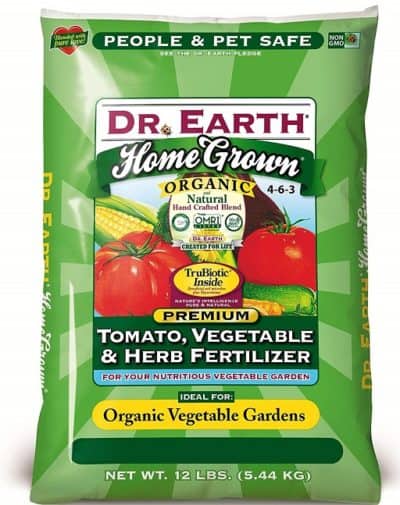
In the north, you’ll want to stop fertilizing your trees, shrubs, roses, and perennials in august. If you fertilize your plants in late summer it can spur new growth, which might get damaged in the winter.
Cutting back on fertilizer now will allow your plants to prepare for winter dormancy. It will also help reduce the amount of fertilizer that ends up in the lakes, streams, and groundwater in your area.
In the south, you can keep fertilizing your plants until late fall to keep your plants growing up until winter. Then you should reduce the amount of fertilizer you apply since most plants will still have a short period of winter dormancy.
Harvest Root Crops

In August most root crops like potatoes and onions will be ready to harvest. Just make sure the foliage has completely died back or the tops have turned brown and fallen over.
You’ll want to carefully dig up each plant with a garden fork. Then brush off any large clumps of dirt, but don’t clean off all the dirt at this point. It’s also a good idea to search around the hole for any roots, tubers, or bulbs you might have missed.
Then you can start the curing process by moving your harvest to a warm well-ventilated area with no light for a week to ten days. This will help harden the skins so the roots or tubers will last longer in storage. Then once they are cured you can brush off any residual dirt and move them into long term storage.
Potatoes need to be stored in a cool dry location with a good amount of ventilation. They also need to be stored in the dark since they can turn green and become poisonous when exposed to light for a prolonged period.
Onions are easier to store since they can be hung from the wall or ceiling in a cool dark room.
Potatoes and onions do best when stored in a location that stays between 35 and 45 degrees F if you want them to last longer.
August Garden Tips – Gardening Chores
Water
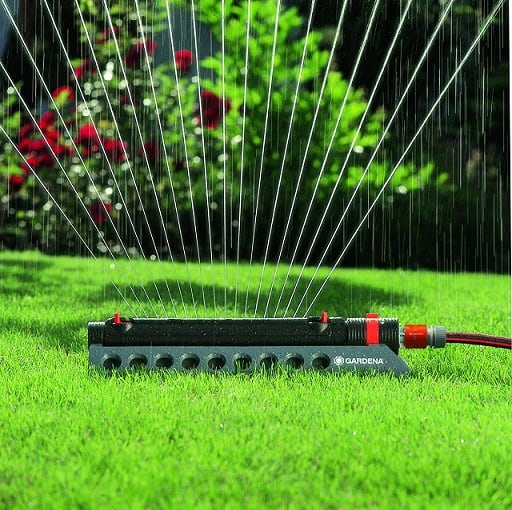
August can be hot and dry especially in the early part of the month, so you want to keep watering your plants. Apply the same amount of water you did throughout the summer until the temperature starts to drop. If you’re lucky enough to get some rain you can cut back on watering, but don’t let your plants dry out too much since the sun can still be very strong in august.
Spread Compost
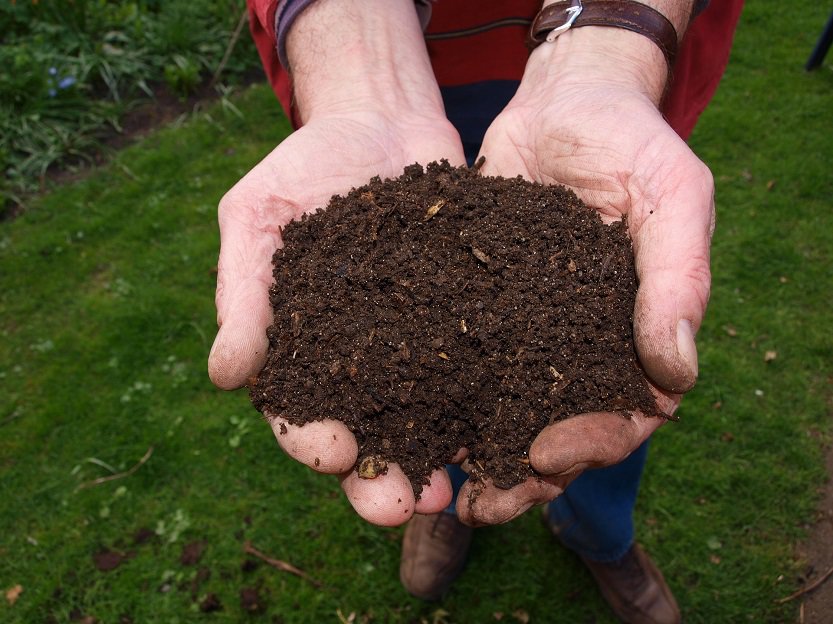
August is a good time to mix some fresh compost into your soil. This will get the soil ready for next season, and it will give the compost some time to release nutrients into the soil before winter.
If you have a compost pile then your first batch of fresh compost should be ready in late-august. If your compost isn’t ready yet then you should turn your compost pile to help speed up the composting process. As the weather cools in fall the bacteria in the compost pile will start to slow down, so you want to try to finish off the compost as soon as possible.
If you’re interested in a faster way to make compost then you might want to look into getting a continuous composter (Learn More).
Prune Trees & Hedges
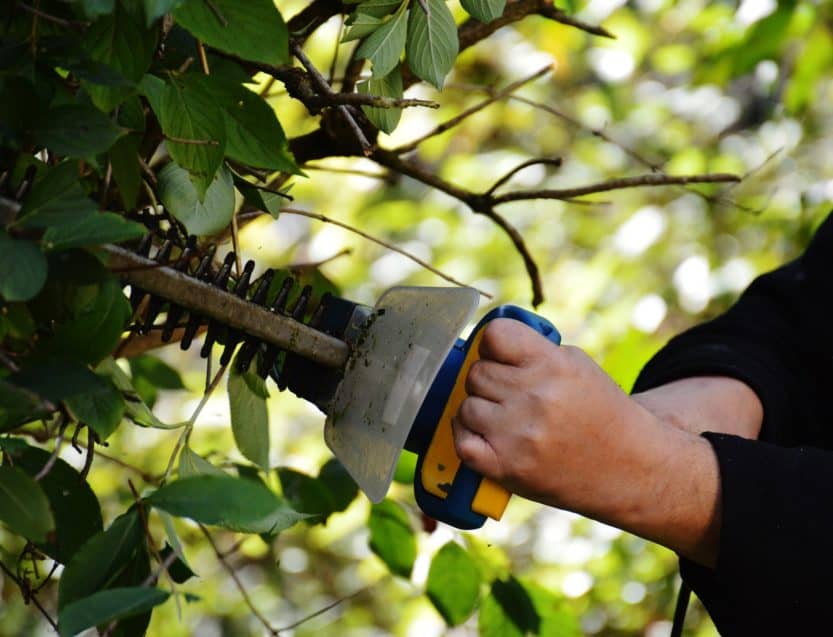
August is a good time to lightly prune deciduous trees and hedges. Be careful not to prune too aggressively since this can force the plant to produce new growth that won’t survive the winter.
You also want to avoid pruning evergreens in august since they should only be pruned in spring.
Pests & Diseases

Pests and diseases can start to get the upper hand towards the end of the growing season. Spider mites and aphids will start to take advantage of weak plants, and you’ll start to see more insect damage on your plants. You can use an Organic Insecticide (Buy Online) to control an infestation, or you can remove the affected plants and dispose of them properly.
Fungus and mold might also start to take hold of certain plants as the weather starts to get cooler in late-august. This will mainly affect plants like squash, melons, cucumbers, and pumpkins.
You can use some chemicals to treat powdery mildew, but it’s best to try and keep the plants as dry as possible and remove any infected leaves before the disease spreads to the rest of the plant.
Lawn Care

In August you’ll want to keep mowing your lawn and keep it at a height of 2.5 to 3-inches. You don’t have to fertilize your lawn at all in August. Fertilizer will only need to be applied one last time in fall to help the grass grow more in the cool fall weather and to help the grass get ready for dormancy in winter.


